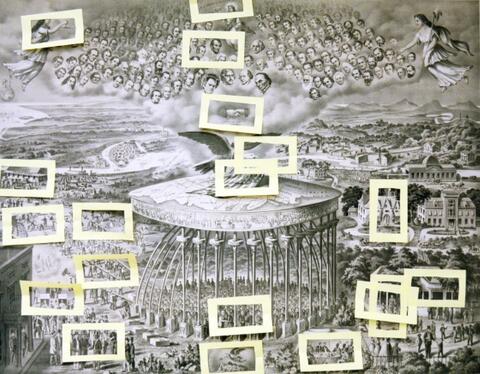
Crop It
At a Glance
Language
English — USSubject
- English & Language Arts
- History
- Social Studies
Grade
6–12Overview
What Is the Crop It Strategy?
In a Crop It activity, students use cropping tools to frame a portion of an image and then discuss their choice with classmates. This strategy requires students to notice, identify, and respond to specific portions of an image before interpreting the image’s overall meaning and impact. It’s an effective way to help students look closely at and analyze images.
Lesson Plans
How to Use the Crop It Strategy
Example
Unlimited Access to Learning. More Added Every Month.
Facing History & Ourselves is designed for educators who want to help students explore identity, think critically, grow emotionally, act ethically, and participate in civic life. It’s hard work, so we’ve developed some go-to professional learning opportunities to help you along the way.
Exploring ELA Text Selection with Julia Torres
On-Demand

Working for Justice, Equity and Civic Agency in Our Schools: A Conversation with Clint Smith
On-Demand

Centering Student Voices to Build Community and Agency
On-Demand















